Insights
Throwback: the dress debate & the power of perception.
A lighting Design long read.
It’s February 2015 and, a few years before the divisive phenomenon of Brexit, Trump and Populism, another simple, binary choice was about to split public opinion and send shock-waves around the globe. Is “The Dress” Blue and Black, or is it White and Gold??
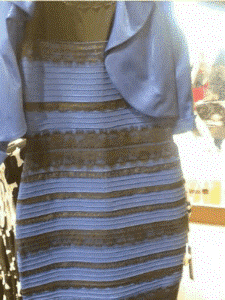
Families split, friends parted ways and a viral sensation was born that would provide a beautiful example of how our brains and eyes “see” as part of a connected system.
About 50% of people saw the dress as Blue & Black (it’s true colour) and around 30% of people saw it as White & Gold. The remainder could see it either way or some other combination of odd colours.
Like the age-old question “how do I know that Red is Red”, the dress reasserted in our minds the fact that we really cannot be sure what we see is in fact reality.
Ways of seeing.
The difference between our individual realities and true reality is incredible… and is one of the reasons I became fascinated in light and how it defines our world. In the book “Ways of Seeing”, John Berger explains that how we perceive the world around us is based on the experiences and cultural references we absorb. The key reason we have developed such complex and intelligent brain structures is the fact that, unlike most other creatures, we were not born with formed brains. From the early stages of birth our brain synapsis start connecting and absorbing the word around us.
80% of the information we need to perceive the world comes from sight. Light is the gateway to our understanding of the world around us, based on how light defines environments and the characteristics of light within a particular space.
This is why national and geographical preferences for certain types of light exist based on our experience of the light and the natural light characteristics of a location. Ask someone from the Middle East and another from Scandinavia to describe “warm light” and their responses will differ greatly between based on the natural light they have in their natural environments.
A mixture of reality & assumption.
The relationship between the eye and brain is vital to understanding this and how we perceive space. What you see is not always what the eye is sending to the brain….
In order to absorb only the vital bits, the brain discards anything it doesn’t need or thinks it already knows and creates a sort of 3D model of the space in your head. The model it builds is a mixture of reality and dream space based on experience.
Our brains control our vision with optical illusions.
Look at the chequer board below. The brain understands the chequer board having seen it before and builds what it sees. The shadow of the green cylinder is just a confusion which the brain removes, but it doesn’t change what we know to be the case – chequer boards are alternating light and dark squares. But the brain is not seeing and is overriding what the eye tells it. How do we know this? Because the squares A & B are actually the same colour.
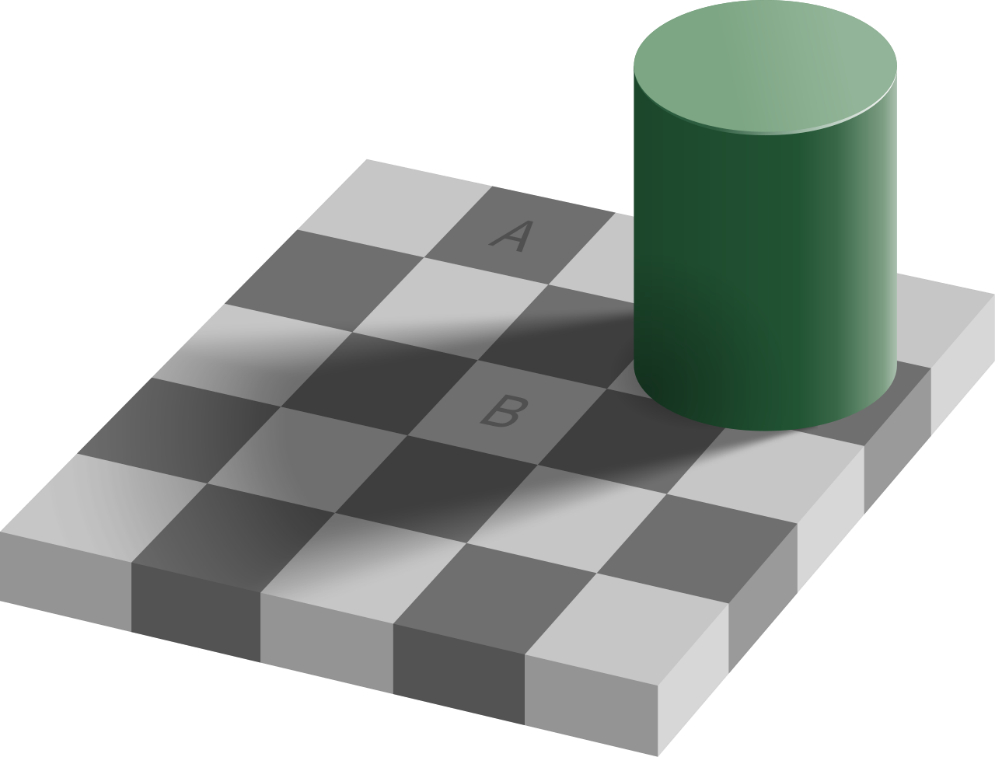

https://en.wikipedia.org/wiki/Checker_shadow_illusion
How we experience light – particularly artificial light – is no different. Our brains sift through our visual memories when we interact with a space and it uses our experiences to interpret the 3D world and create our reality.
It is one of the most important things to understand when we design spaces – how people will interpret them.
Take how we perceive workplaces or schools or hospitals… When one enters a space, we use our visual memories to understand it. If the lighting is bland, poorly designed and utilitarian, we will respond negatively and how we behave in that space will reflect this.
When films need to convey the drudgery and anonymity of work, offices are shown as a bank of impersonal desks enveloped in uniform, bland office lighting. They have used the same trick for decades:
The Apartment, 1960.
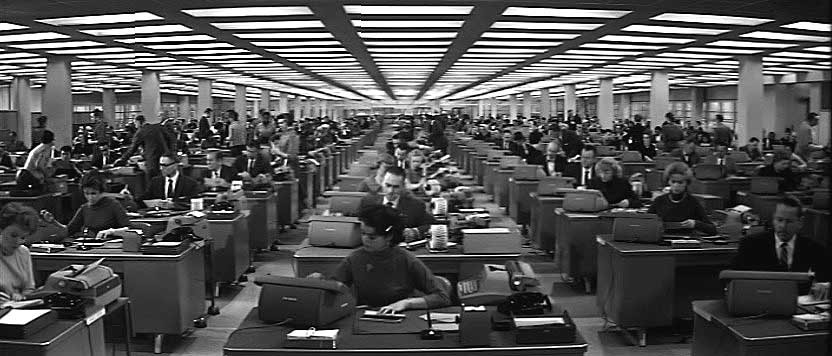
9 to 5, 1980.
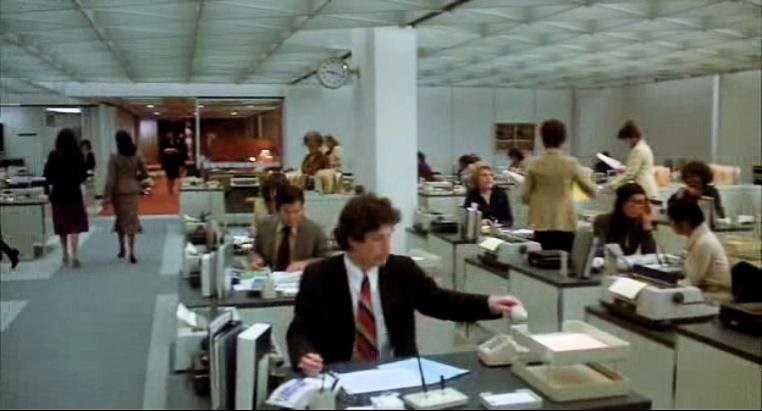
Office Space, 1999.

The Incredibles, 2004.
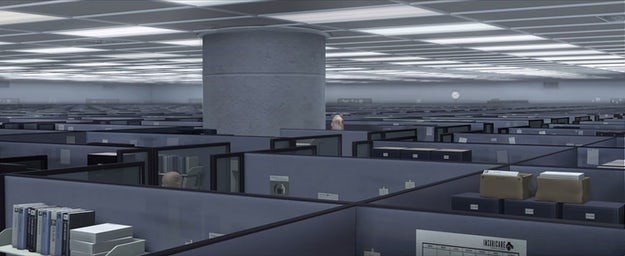
So, when we walk into another bland, uniformly illuminated office space with tiled ceilings and a sea of recessed lights… what do you think our brains tell us?

If light is designed in ‘institutional’ ways, institutional outcomes are created. Designing for people, and how they respond to light, can create much more positive outcomes.
It’s possible to tell stories and create simple narratives with light. These can be dramatic to enhance mood, or useful (such as in the case of senior living, to allow easy navigation of a space).
So back to the dress… why do some people see it differently? It’s thought that some people see the warm light in the background and the brain subtracts this warmth meaning you see a blue/black dress. Others assume they are viewing the dress in daylight – itself rich in blue light – and the brain removes this colour showing the dress as white/gold. It is a process called colour constancy and is really just another case of the eye ‘seeing’ and the brain ‘interpreting’. Seeing should not always be believing!
Perception is one of the least explored areas of the built environment and there is so much that we do not understand about how the eye and brain interpret space and light.
A little empathy could make real changes to how we design with light, and positively impact people’s lives.
